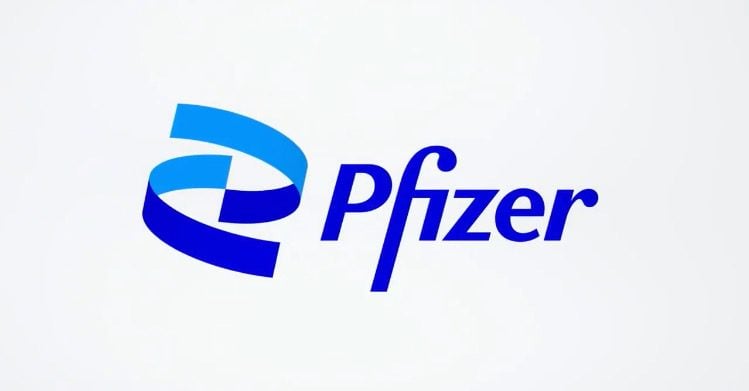This article was originally posted at Frontline.news
Pfizer’s bioengineered rennet turns your milk into cheese
You may be surprised to learn that the cheese you are eating, if it’s not USDA organic, most likely contains synthetic rennet bioengineered by Pfizer. Often referred to as microbial rennet, the source of the rennet is not required to be listed on food labels, so most Americans have no idea that the food they are eating contains non-natural ingredients.
Pfizer’s bioengineered rennet turns your milk into cheese
You may be surprised to learn that the cheese you are eating, if it’s not USDA organic, most likely contains synthetic rennet bioengineered by Pfizer. Often referred to as microbial rennet, the source of the rennet is not required to be listed on food labels, so most Americans have no idea that the food they are eating contains non-natural ingredients.
Global Research‘s Dr. Ashley Armstrong, who believes that natural rennet is preferable to synthetic rennet, explained that cheese making involves just four ingredients — milk, salt, starter culture, and (traditionally) animal rennet. Rennet is used to curdle the cheese and separate the curds from the whey. Today, rennet comes from more than one source, the others being “vegetable rennet, microbial rennet, and a genetically modified version called FPC (fermentation-produced chymosin). Chymosin is one of the two enzymes found in natural animal rennet, the other being pepsin:
Animal rennet is usually 90% chymosin enzyme and 10% pepsin enzyme. The small amount of pepsin will break down the casein protein in milk in a slightly different way compared to just chymosin alone, producing a final product with an enhanced taste.
Supreme Court rules new life forms can be patented
The permissibility for manufacturers to make synthetic rennet resulted from a 1980 Supreme Court ruling that new life forms can be patented. As VRG’s (Vegetarian Resource Group) research director Jeanne Yacoubou, MS, explained, this became pivotal to the development of synthetic rennet FPC (fermentation produced chymosin) when animal rennet started rising in price as a result of the animal rights movement:
When calf rennet became scarce and unreliably available in the 1960s and 70s as the veal industry was declining due to the animal rights movement but demand for cheese increased, calf rennet became very expensive. Companies looked for a “rennet substitute.” Recombinant DNA technologies involving microbes were becoming popular and companies turned to it in the 1980s. [Emphases added.]
FDA permits bioengineered food products
In 1990 the FDA set a precedent by permitting the inclusion of FPC, the first bioengineered product, in food. Yacoubou explained that the technique used to manufacture the FPC was perfected by Pfizer. Gene splicing, using recombinant DNA technology, enabled the company to remove the genetic material for coding the enzyme chymosin:
Pfizer is credited with perfecting the technique in which genetic material (ribonucleic acid, or RNA) coding for chymosin is removed from an animal source and inserted via plasmids into microbial DNA (bacteria E. coli K-12) in a process known as gene splicing (a type of recombinant DNA technology). Through fermentation the microbes possessing the bovine genetic material produce bovine chymosin which is later isolated and purified in quantities much greater than those in calf rennet or in non-animal recombinant DNA microbial rennets.
** Read the rest here at Frontline.news.
This story originally appeared on TheGateWayPundit

